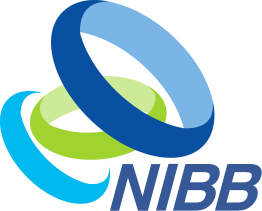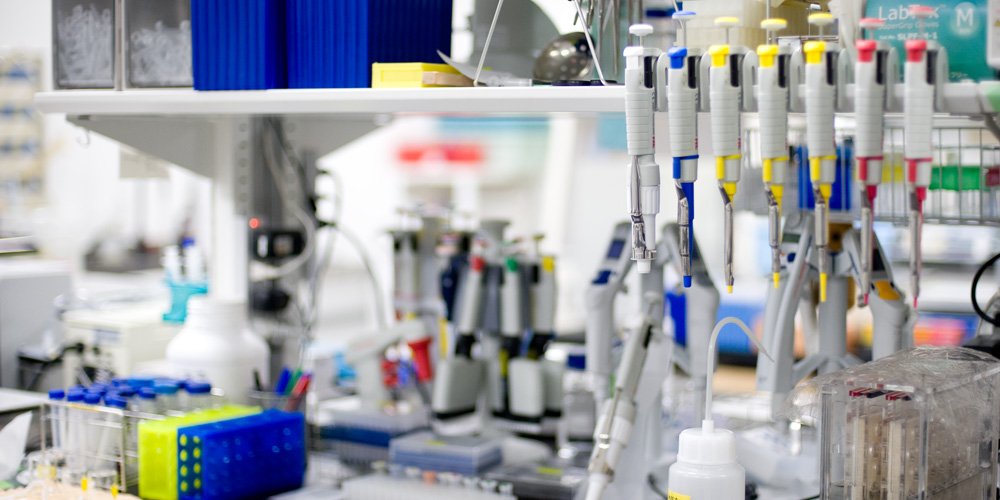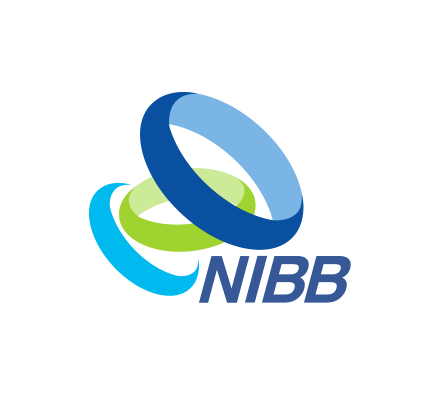Fundamental Neuroscience 2
2nd Half
1 credit
48 Physiological Sciences Program
Yoneda, Onodera, Higashijima, Kubota, Yamaguchi, Narushima, Nemoto, Enoki
Four-grade evaluation
Level : Level 3
Competence : Academic expertise, Creativity
■Outline
This course provides an overview of neuronal development and circuit formation mechanisms, synaptic plasticity and remodeling dependent on neural activity, developmental homeostasis, the mechanisms underlying biological rhythm generation, and various imaging methodologies, all aimed at understanding functional development and plasticity in the brain.
■Learning objectives
Understand the neural mechanisms underlying sensory functions.
Comprehend the diversity of neurons and their synaptic connectivity properties.
Gain insight into the functions of the hypothalamus.
Understand the mechanisms of biological homeostasis.
Explore the neural basis of biological rhythms.
Acquire knowledge of fluorescence imaging techniques for brain function analysis.
■Grading policy
Attendance of at least half of the lectures is required, and achievement of the course objectives will be assessed through reports.
■Lecture Plan
Class Schedule and Time: Fridays from 10:00 to 11:30 AM, November to December 2025, as outlined in the course schedule below.
1. November, 7 Taisuke Yoneda, Function and developmental plasticity of visual system
2. November, 14 Koun Onodera, Function and developmental plasticity of auditory system
3. November, 21 Shin-ichi Higashijima, Auditory and Vestibular System in vertebrates, fish escape circuits
4. November, 28 Yoshiyuki Kubota, Neuron diversity and microcircuitry of cortex
5. December, 5 Hiroshi Yamaguchi, Mechanisms of Innate Behavior Control by the Hypothalamus
6. December, 12 Madoka Narushima, Mechanisms of homeostatic maintenance and remodeling of neuronal circuits
7. December, 19 Tomomi Nemoto, Basics and applications of visualization analysis of neural functions
8. December, 26 Ryosuke Enoki, Neural basis of biological clock
■Location
Zoom-online or in-person lectures (Lecture Room on the 1st floor of the National Institute for Physiological Sciences, Myodaiji Campus, or Seminar Room B on the 9th floor of Building 3, Yamate Campus).
■Language
English
■Textbooks and references
Onodeta:
Schnupp, Jan, Israel Nelken, and Andrew J. King. "Auditory Neuroscience: Making Senseof Sound." MIT Press,2012.
Persic, Dora, et al. “Regulation of Auditory Plasticity during Critical Periods andFollowing Hearing Loss.”
Hearing Research, vol.397, 2020, p.107976, doi: 10.1016/j.heares.2020.107976
Nemoto:
Peter Luu, Scott E. Fraser & Falk Schneider, ”More than double the fun with two-photon excitation microscopy”,Communications Biology volume 7, Article number: 364(2024)
Narushima:
Kandel ER, Koester JD, Mack SH, and Siegelbam SA, “Principles of Neural Science(6thEdition).Part VII: Development and the Emergence of Behavior, Chapters 48-50” McGrawHill Education, ISBN 978-1-259-64223-4
Duffy AS, Eyo UB. “Microglia and Astrocytes in Postnatal Neural Circuit Formation.”Glia. 2025 Feb;73(2):232-250.
Demmings MD, da Silva Chagas L, Traetta ME, Rodrigues RS, Acutain MF, Barykin E,Datusalia AK, German-Castelan L, Mattera VS, Mazengenya P, Skoug C, Umemori H.“(Re)building the nervous system: A review of neuron-glia interactions fromdevelopment to disease.” J Neurochem. 2025 Jan;169(1):e16258.
Yoneda:
Kandel ER, Koester JD, Mack SH, and Siegelbam SA, “Principles of Neural Science(6thEdition). Part VII: Development and the Emergence of Behavior, Chapters 49”
Enoki:
Hastings M, Maywood E, Brancaccio M, “Generation of circadian rhythms in thesuprachiasmatic nucleus” Nat Rev Neurosci., 2018, 19(8):453-469. doi: 10.1038/s41583-018-0026-z
Enoki R, Kon N, Shimizu K, Kobayashi K, Hiro S, Chang CP, Nakane T, Ishii H, SakamotoJ, Yamaguchi Y, and Nemoto T. Cold-induced suspension and resetting of Ca2+ andtranscriptional rhythms in the suprachiasmatic nucleus neurons. iScience, 2023. Doi:10.1016/j.isci.2023.108390.
■Notes for students of other programs
Students from courses other than the Physiological Sciences course should contact theGraduate School Office at the National Institute for Physiological Sciences (sokendai-adm@nips.ac.jp) before enrolling.
■Related URL
https://www.nips.ac.jp/graduate/curriculum.html
■Explanatory note on above URL
Please check the Physiological Sciences course website for the latest schedule.
■Others
This course is highly recommended for first- and second-year doctoral students in Physiology. Students from other programs are also encouraged to enroll.
■Contact for Course Inquiries
Tomomi Nemoto (tn@nips.ac.jp)




